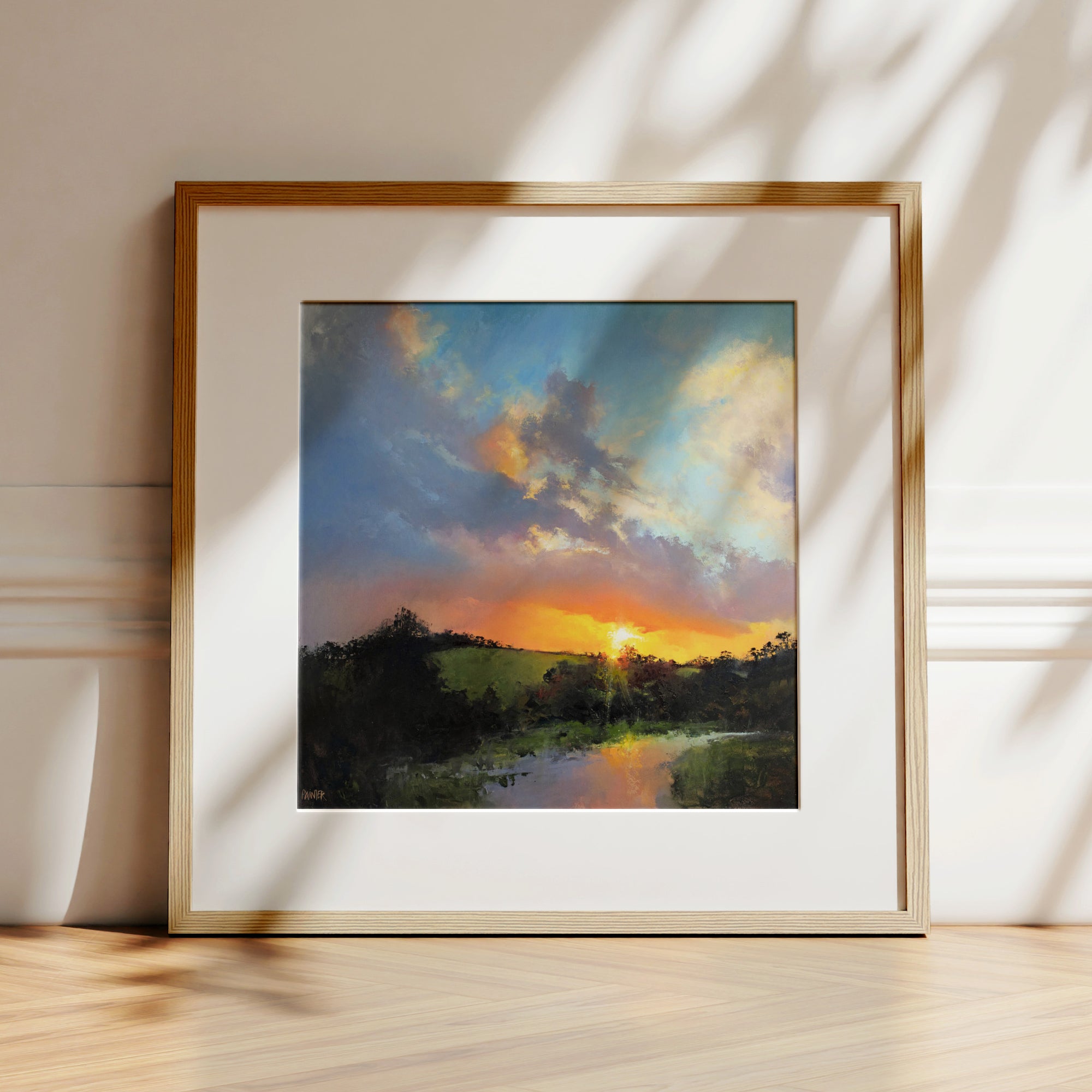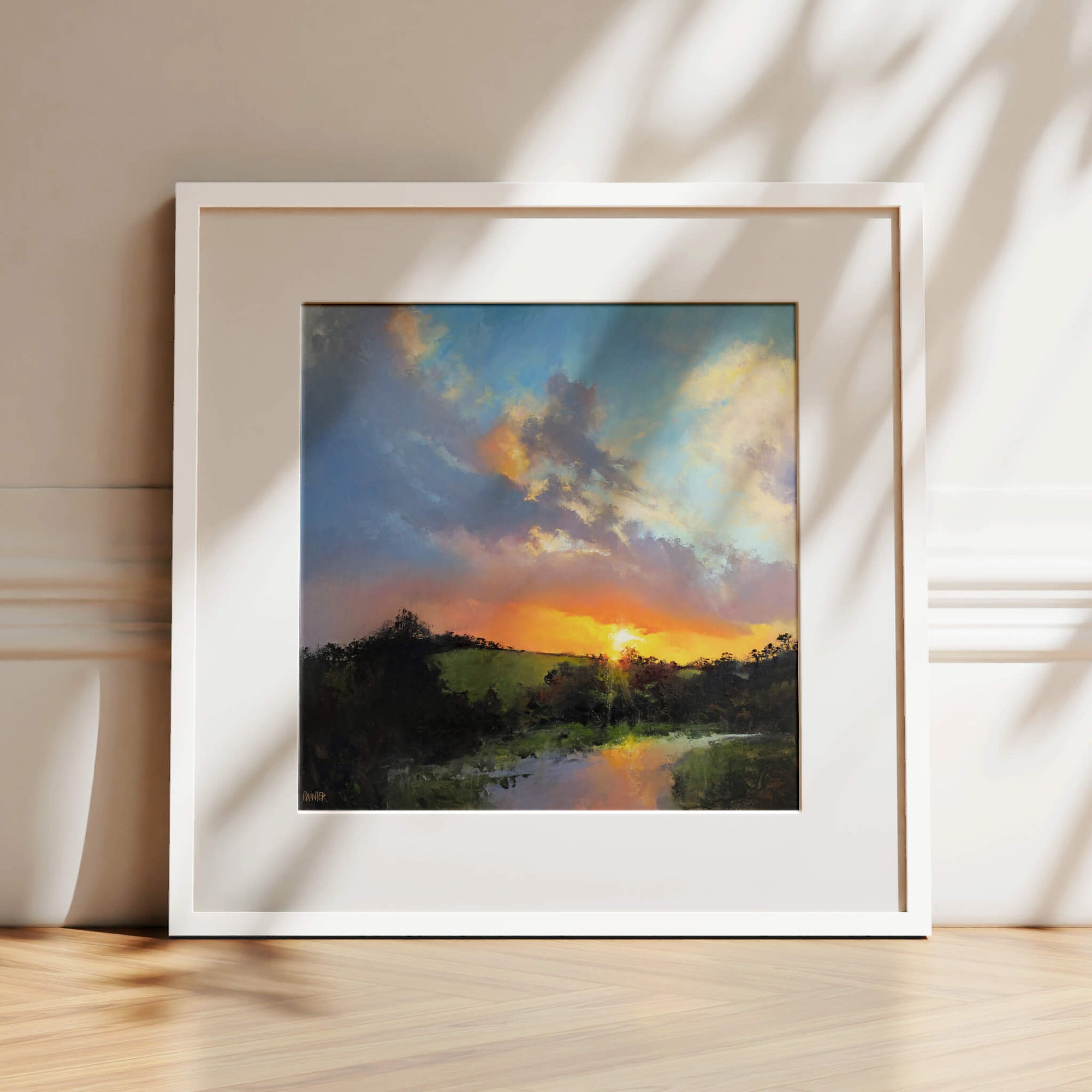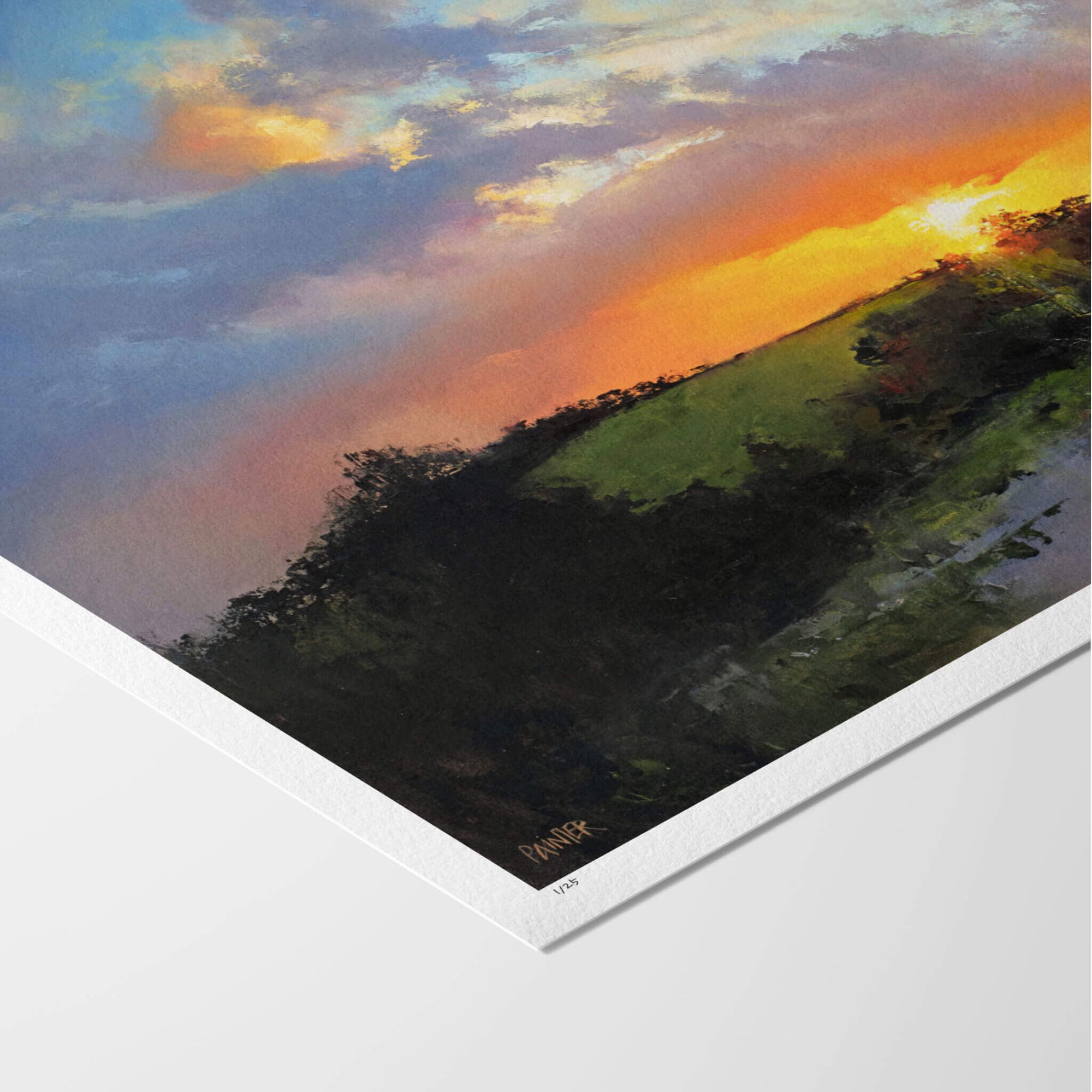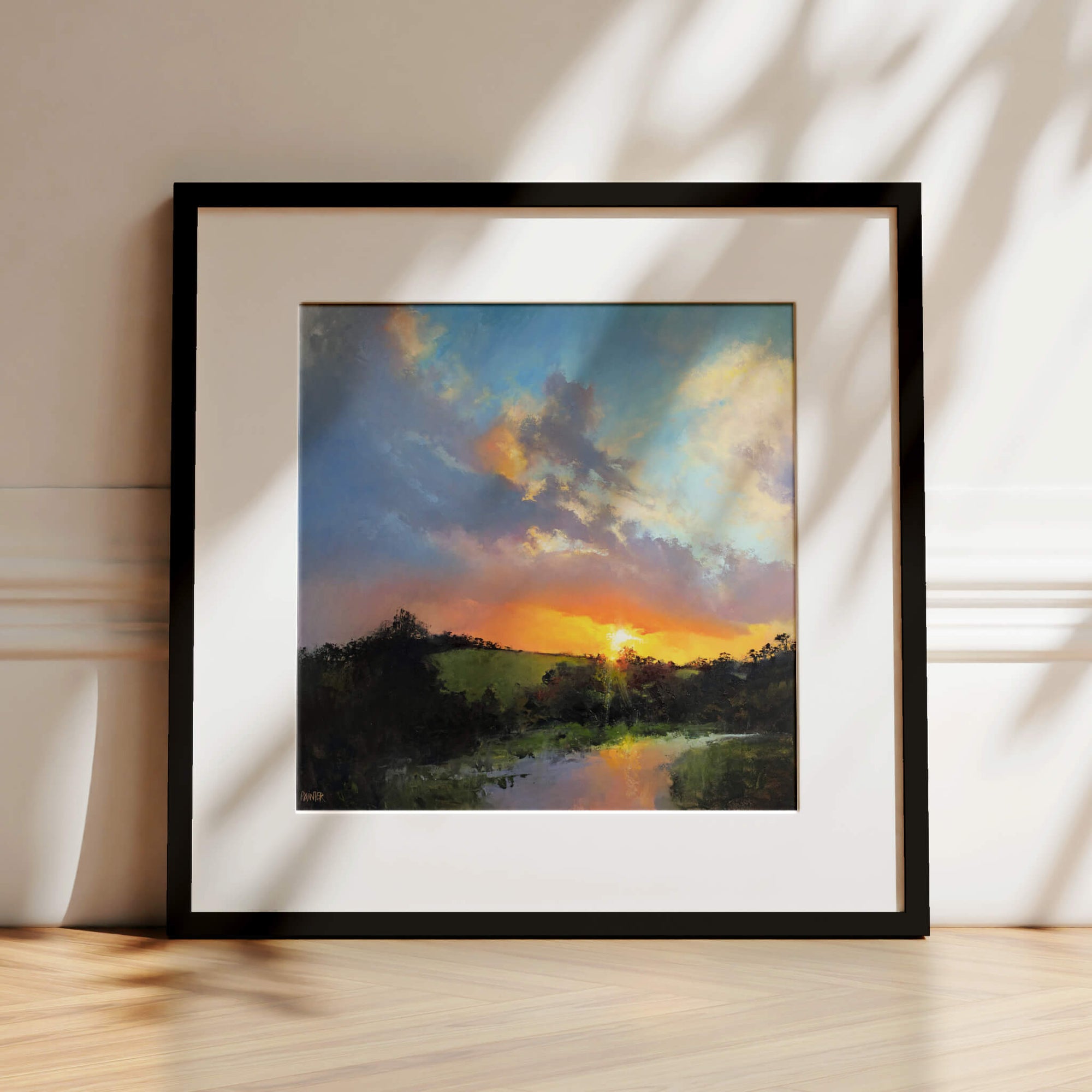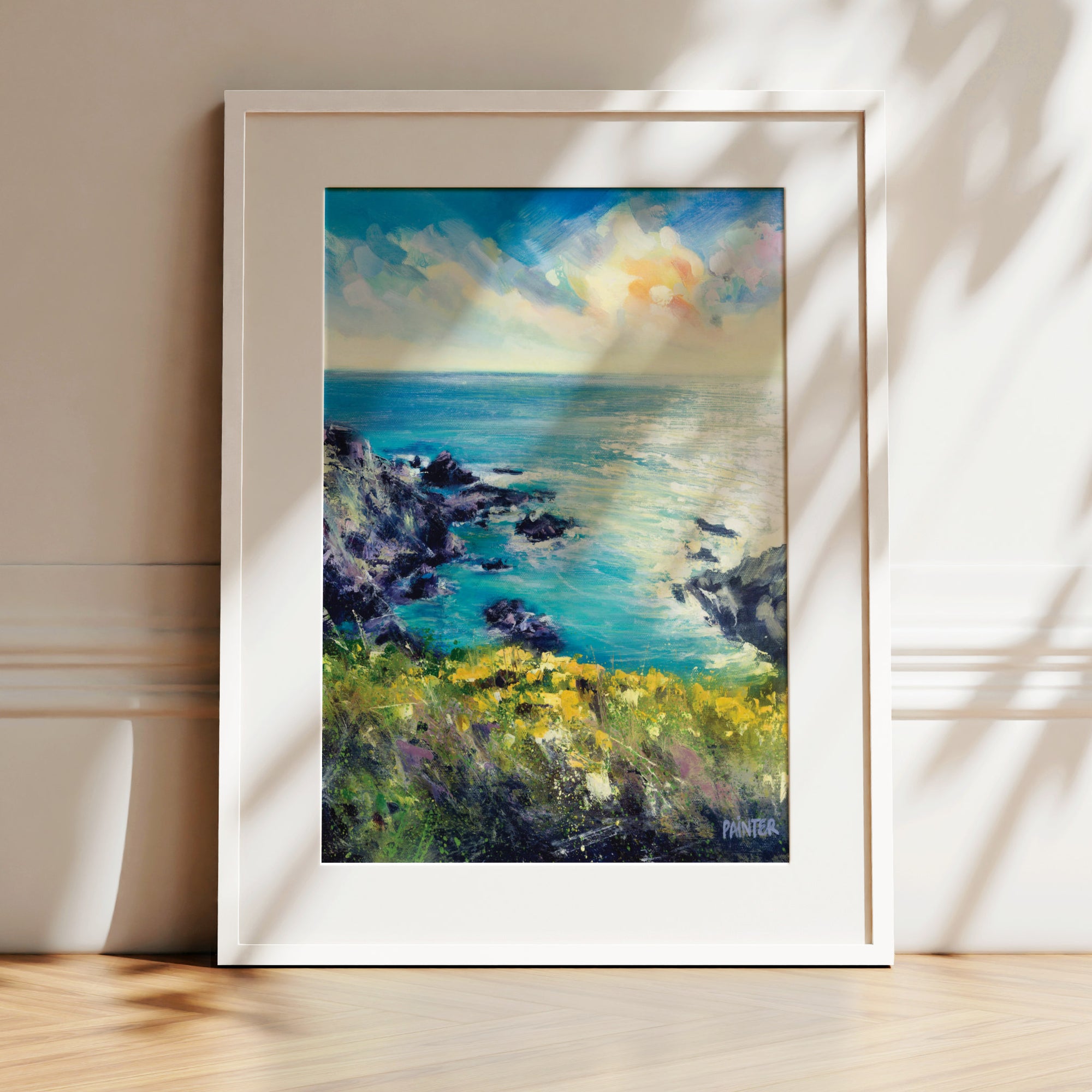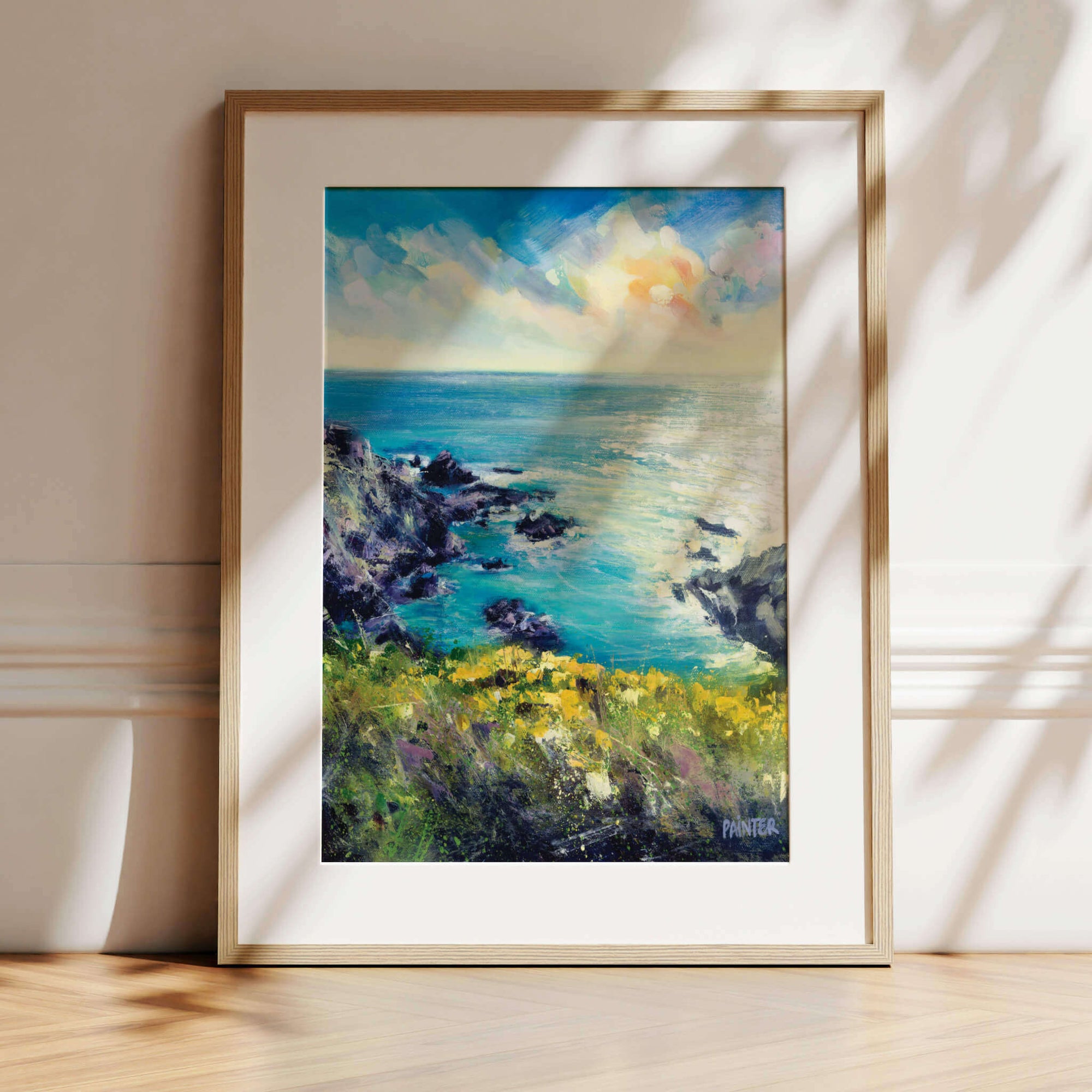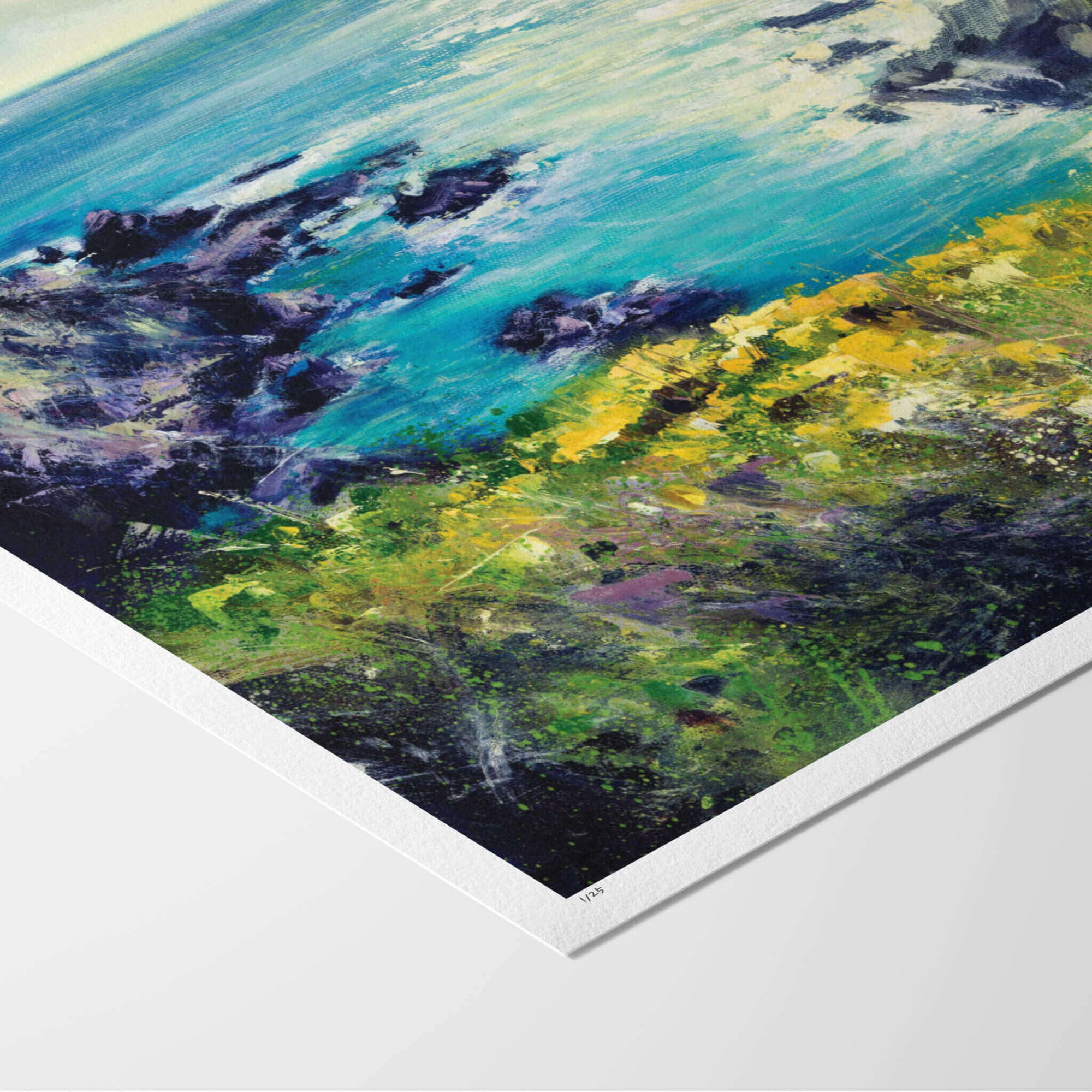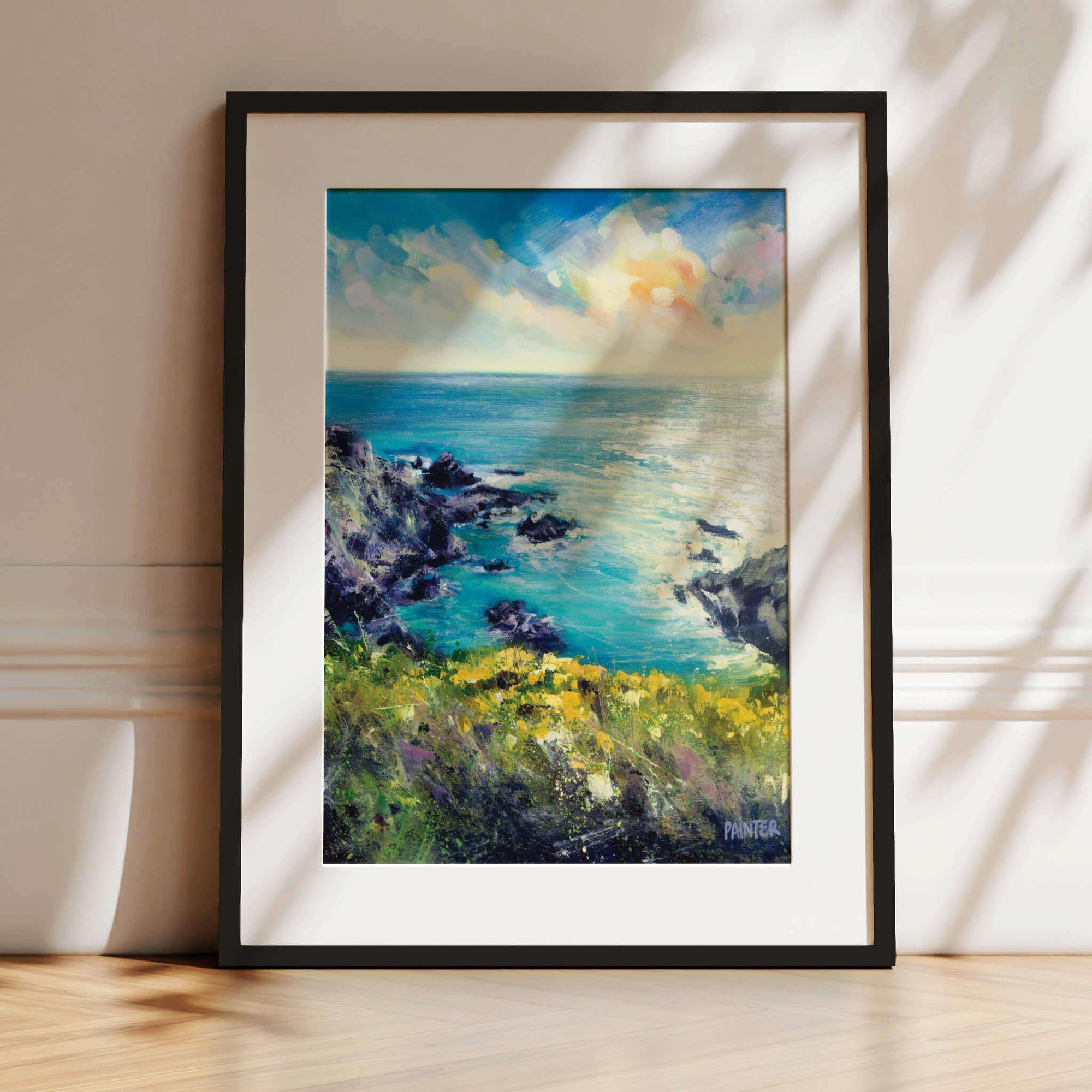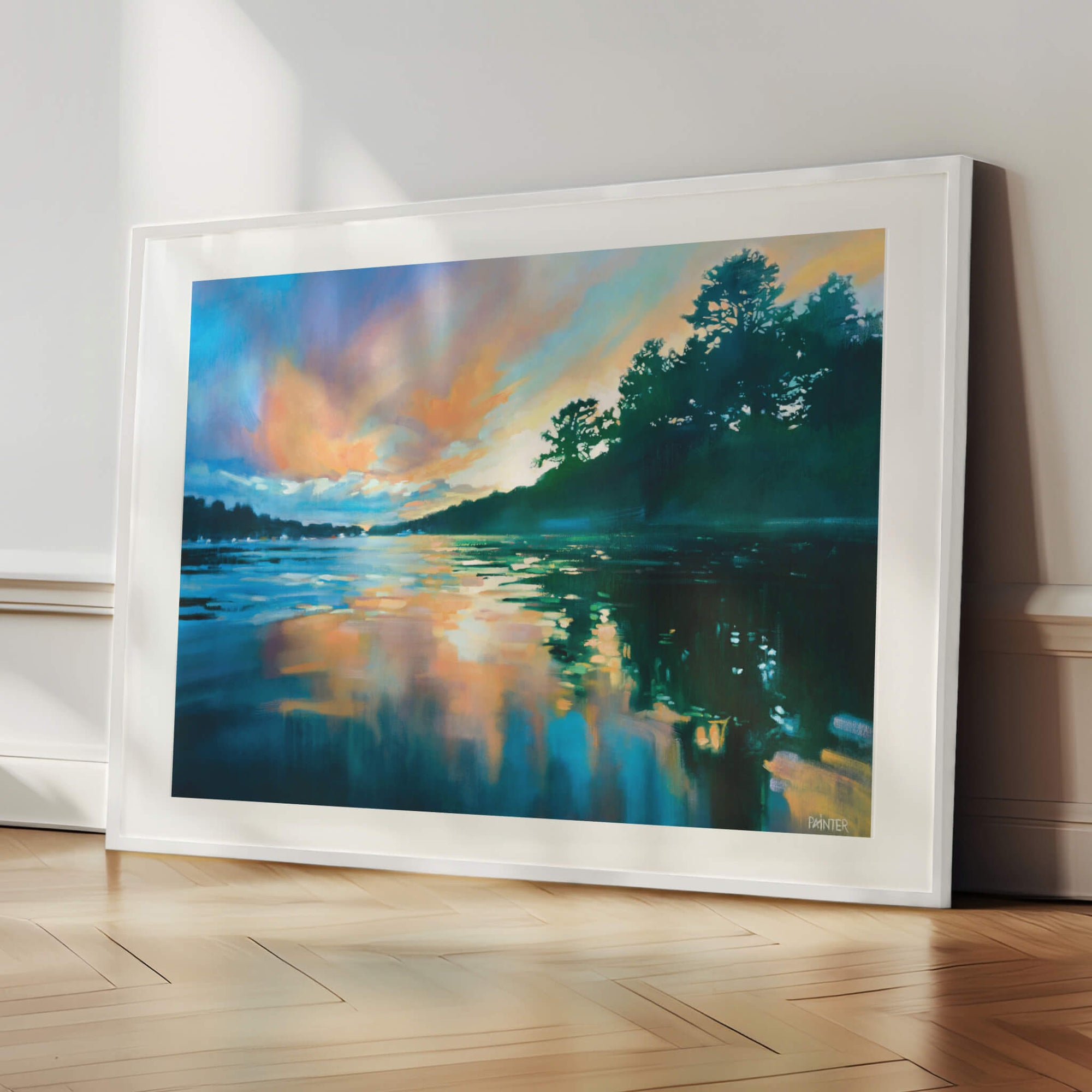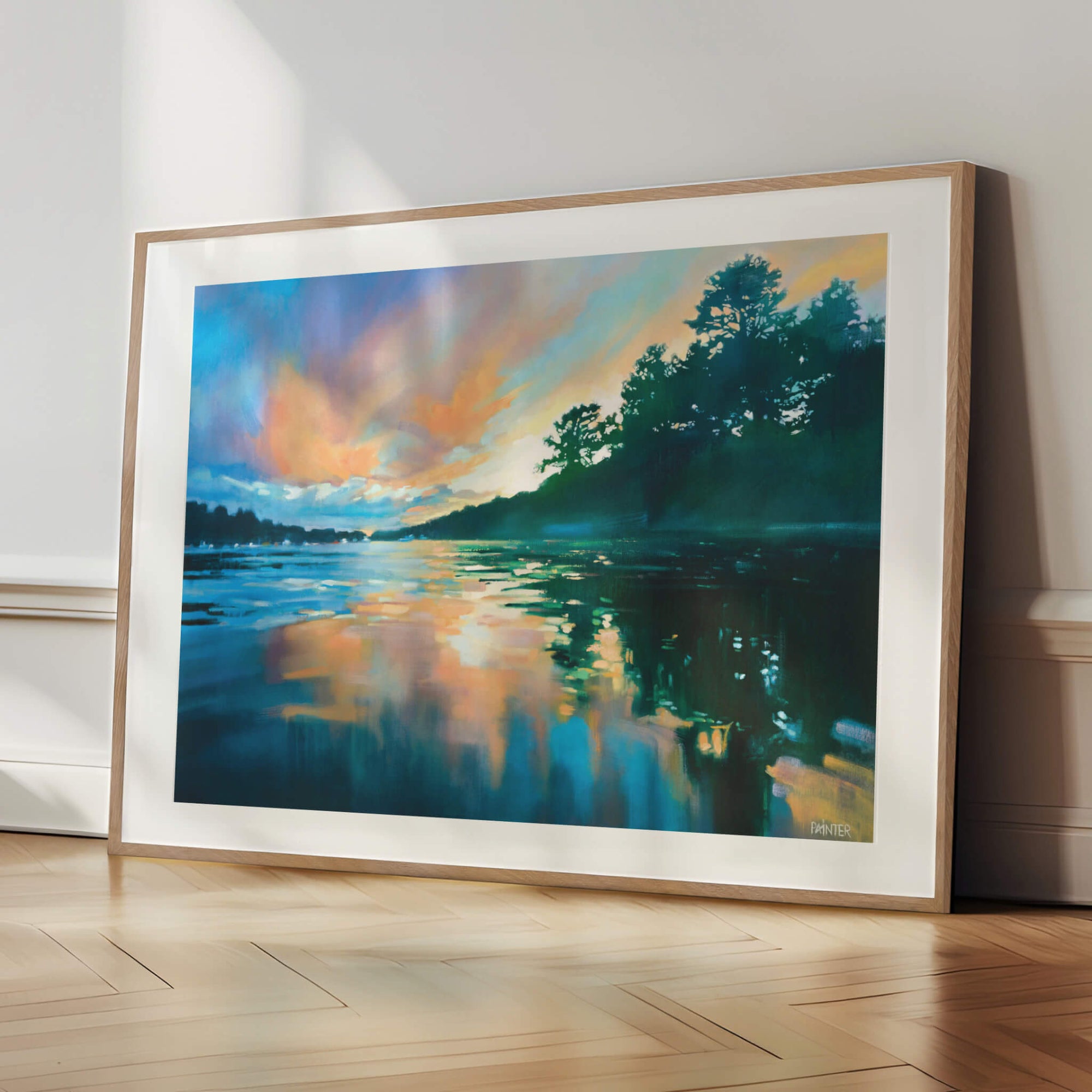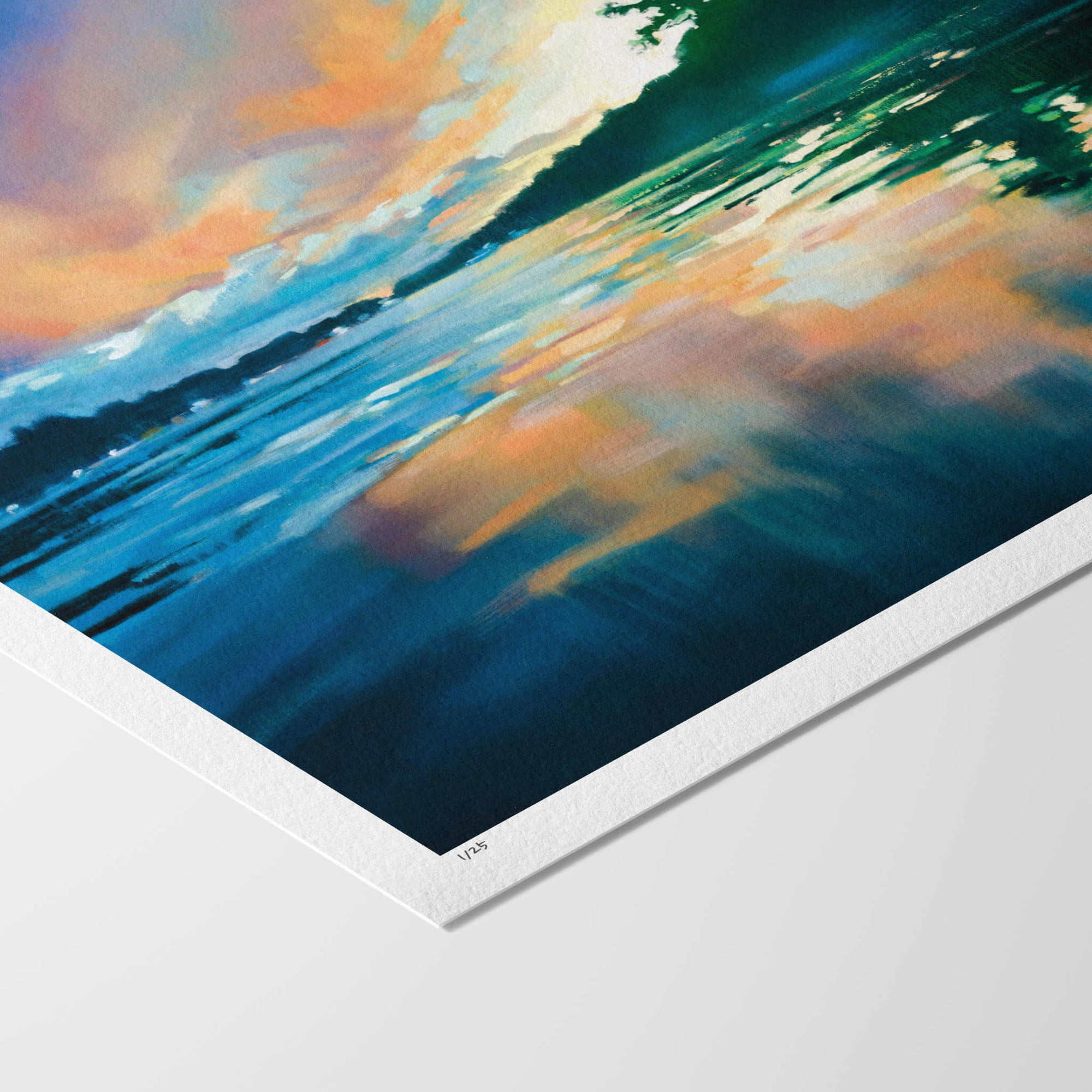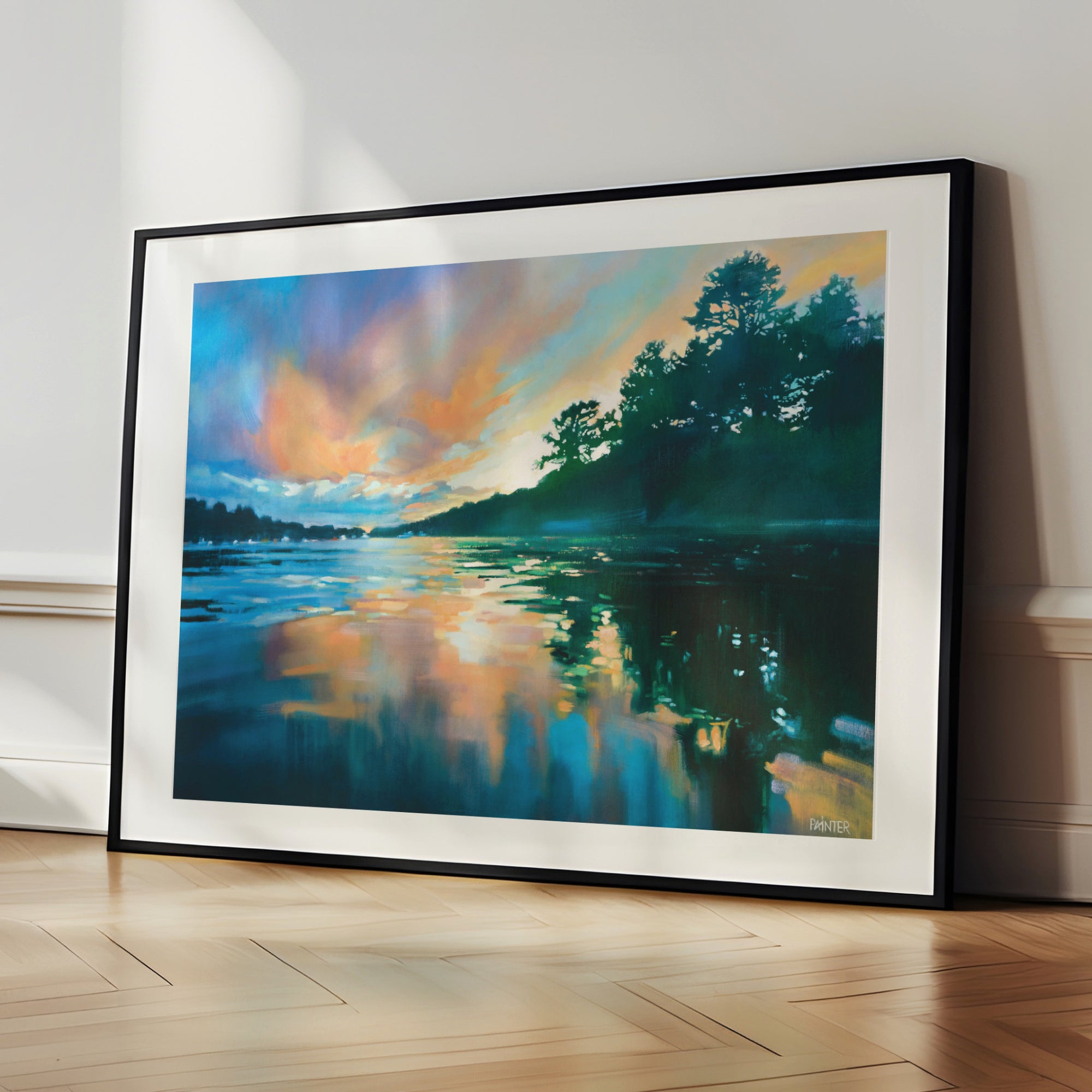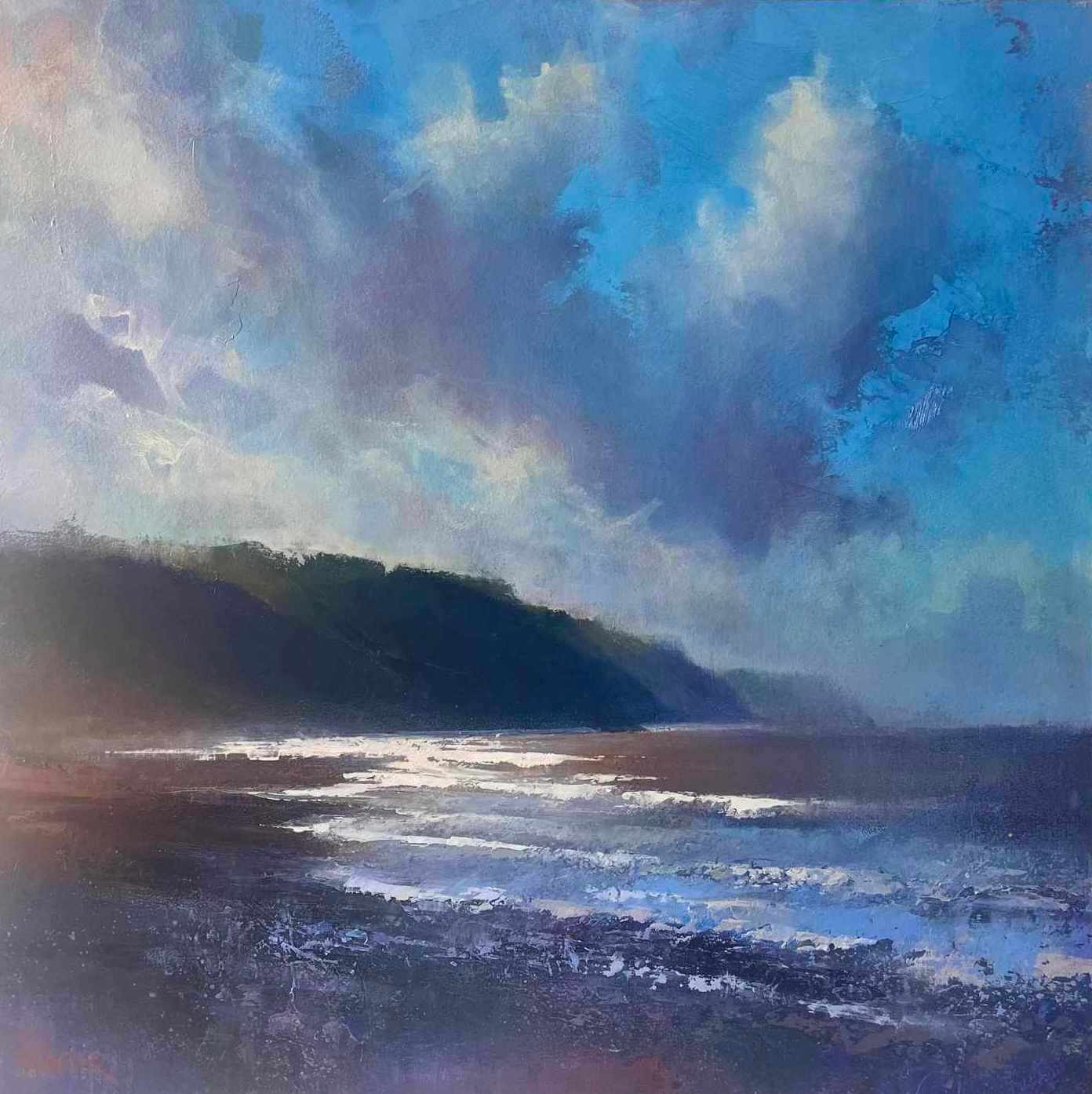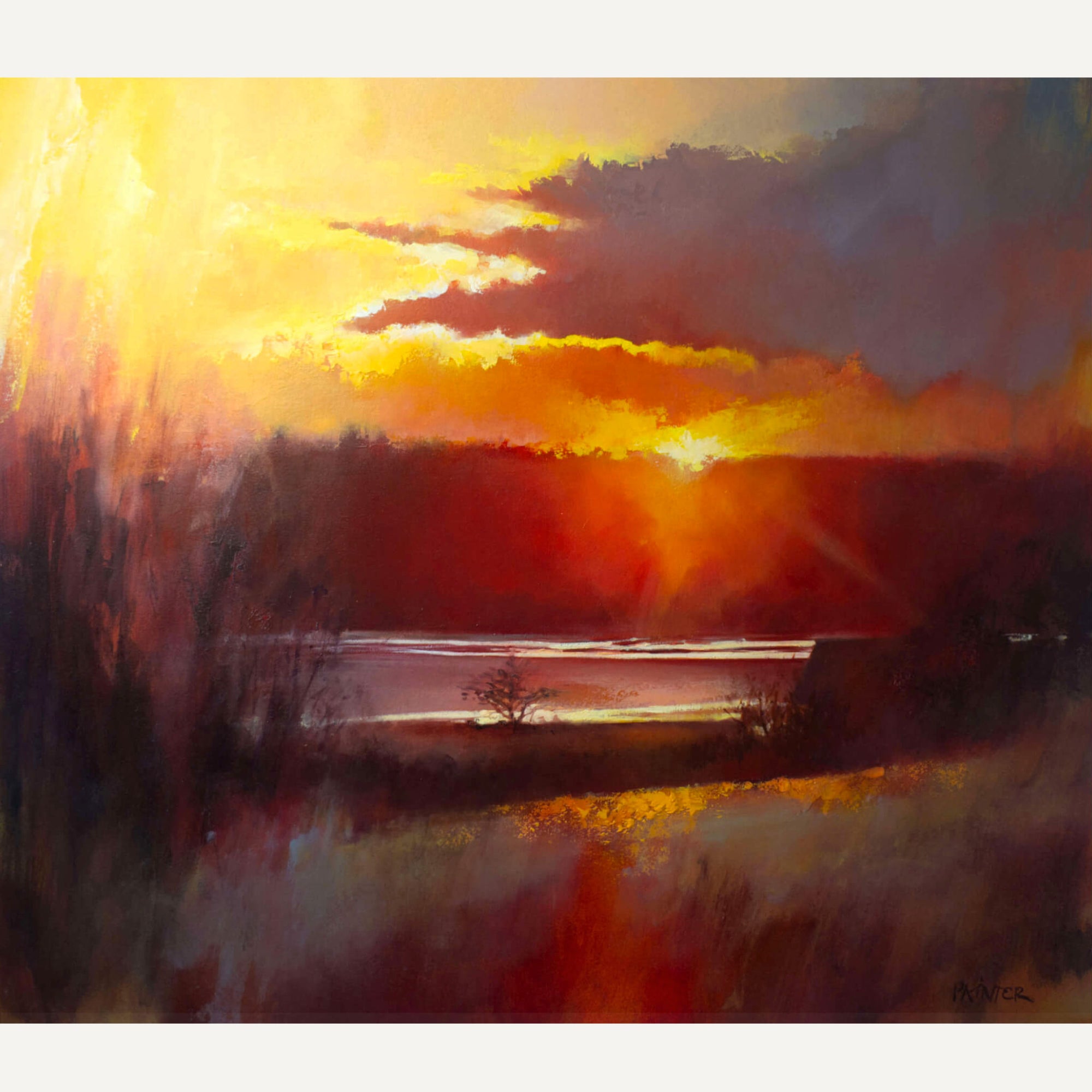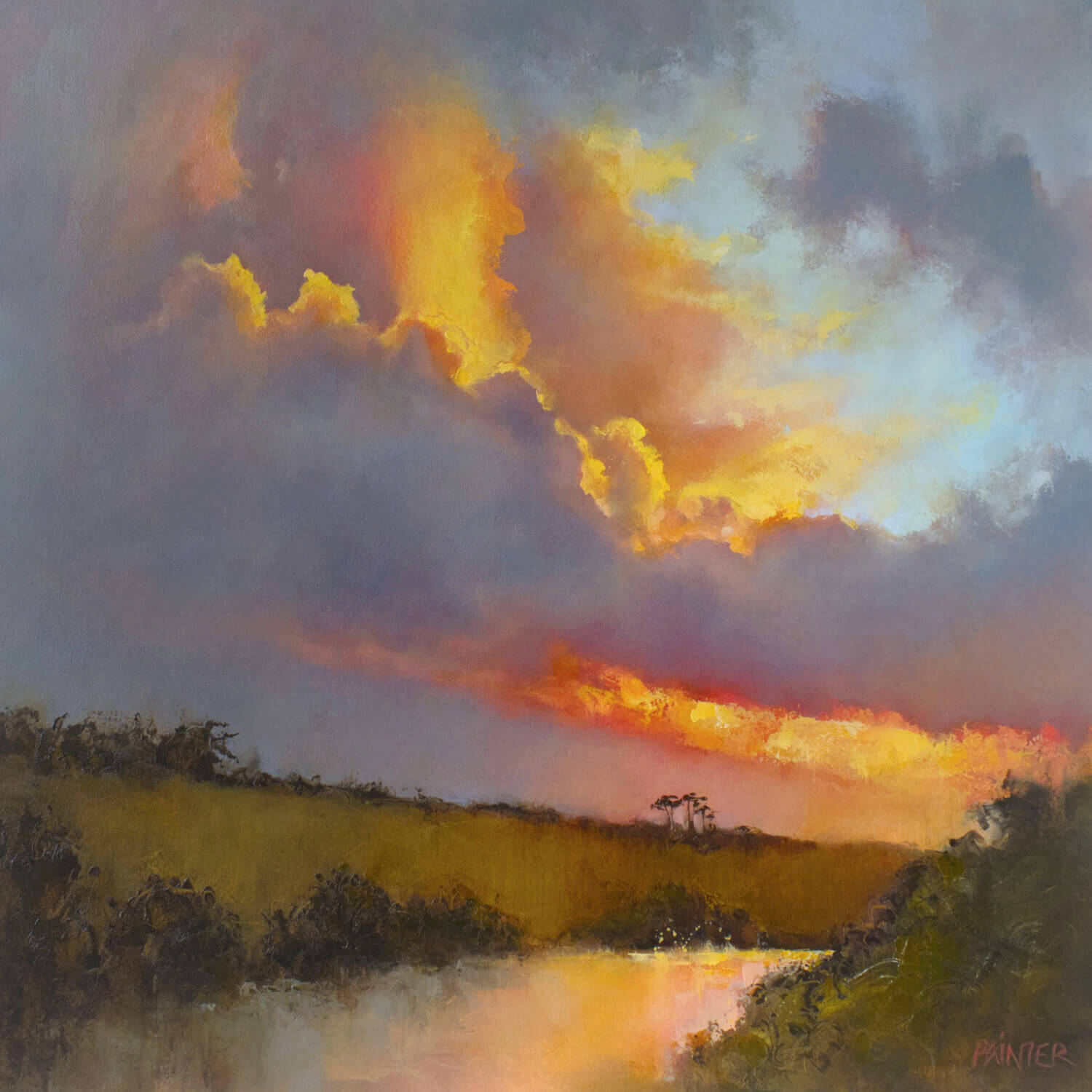If you’ve ever browsed for art prints, you’ve probably seen terms like ‘limited edition’ and ‘open edition’ and wondered what they really mean.
Understanding the difference can help you choose the right artwork for your home - whether you’re starting your first collection or adding to an existing one.
This complete guide explains the key differences so you can choose the perfect prints for your home, whether you're looking for coastal seascape prints, contemporary landscape prints or something else.
So, What Are Limited Edition Art Prints?
Limited edition art prints are produced in small, numbered runs (typically 25, 50, 100, or 250 copies). Once the edition sells out, no more prints can be made in that exact specification.
Due to the scarcity of a limited edition print, as the name suggests, they are more highly sought after and make special anniversaries, milestone birthday gifts, suit serious collectors or purchased as investment pieces.
Benefits of Limited Edition Prints:
- Collectible value - Scarcity increases desirability
- Museum-quality materials - Archival inks and papers lasting 80-100+ years
- Signed by artist - Each print is numbered and authenticated
- Investment potential - Value may appreciate over time
- Certificate of authenticity included
My Featured Limited Edition Landscape Paper Print Collection
These pieces are perfect if you’re looking for timeless landscapes to bring warmth and atmosphere into your home. All my paper prints are limited edition and are produced using the giclée process and produced by dStudio a member of the Fine Art Trade Guild - ensuring your investment maintains its beauty and value for generations.
When you see "giclée" on an art print, you know you're getting gallery-quality reproduction that honours the original artwork.
View Limited Edition Art Print Collection →
What is a Giclée Print?
Giclée (pronounced "zhee-CLAY") is a high-quality printing process that produces museum-standard fine art prints. The term comes from the French word "gicler," meaning "to spray," referring to how the specialised inkjet printers apply ink.
Why Giclée Prints Are Superior to Regular Prints:
- Exceptional colour accuracy & range - Reproduces up to 16.7 million colors vs standard printing's 16,000
- Archival quality - Uses pigment-based inks that last 80-100+ years without fading, unlike regular prints that can fade within 5-10 years
- Fine detail reproduction - Captures every brushstroke and texture from the original
- Museum-quality papers - Acid-free, cotton or alpha-cellulose papers
What Are Open Edition Art Prints?

Open edition prints can be reproduced unlimited times in various sizes and formats, which usually means they are more affordable and accessible, making them perfect for first-time buyers, as gift, for rental properties and changing decor.
Benefits of Open Edition Prints:
- Affordable pricing - Fraction of original artwork cost
- Multiple size options can be requested - Perfect for any space
- Great for gifting - Beautiful art at accessible prices
My Featured Open Edition Canvas Print Collection
Not all open edition prints are created equal though! It’s worth reading how and what they are printed on. My prints on canvas are open edition and printed on archival canvas and use archival inks to maintain quality and also shown to last a lifetime.
COMING SOON!
- Ready to Hang - My stretched canvas prints are ready to hang, they're a lightweight and convenient option and while additional framing is available, it's an aesthetic option.
- Visibly Textured Feel - The subtle texture of the canvas gives images a soft, organic feel, making it especially suited for painted artwork.
- No Glass, No Glare - Unlike framed prints behind glass, canvas prints don't reflect light, making them ideal for bright rooms and gallery spaces.
- Scalability - Stretched canvas prints work well in larger sizes without being overwhelmed by — or needing — a heavy frame. Large-format art really shines on canvas!
Caring for Your Art Prints

Whether you choose limited edition or open edition prints, proper care ensures longevity:
- Frame with UV-protective glass - Prevents fading from sunlight
- Avoid direct sunlight - Even archival inks can fade over time
- Maintain stable humidity - Prevents paper warping and mold
- Dust frames regularly - Use soft, dry cloth
- Handle with clean hands - Oils can damage unframed prints
- Store flat if unframed - Use acid-free tissue between prints
How to Display Art Prints in Your Home
Living Room
- Large landscape art prints work beautifully as statement pieces above sofas
- Create gallery walls with smaller prints for visual interest
- Consider framed art prints for a polished, professional look
- Group odd numbers (3 or 5) for better visual balance
Bedroom
- Choose calming coastal art prints or soft landscapes to promote relaxation
- Hang prints at eye level when sitting on the bed
- Avoid busy patterns that might disrupt sleep
- Consider diptychs or triptychs for larger wall spaces
Kitchen & Dining Areas
- Bright, cheerful prints enhance social spaces
- Use moisture-resistant framing in kitchens
- Smaller format prints work well in compact spaces
- Food-safe materials important near cooking areas
Start Your Art Print Collection
There isn’t such as thing as a ‘better’ option with art prints. Whichever you prefer, the important thing is that you choose the option that suits your home, desire and needs best.
I hope this guide has helped make sense of the different types of art prints. If you have any questions, I’m always happy to help.










